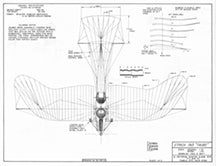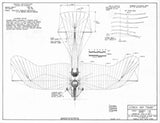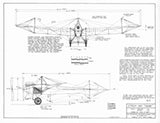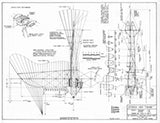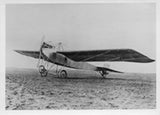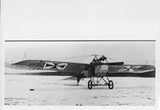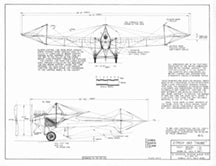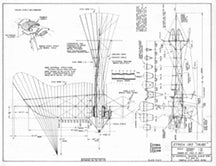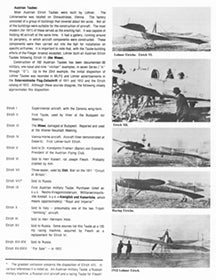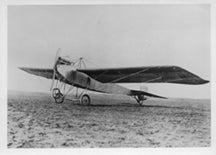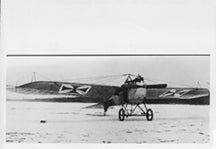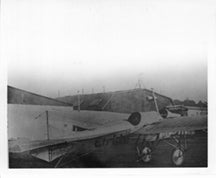Drawing - Paul Matt - Etrich 1913
$ 1.49
Brand Kiona Publishing, Inc.
The Etrich Taube, also known by the names of the various manufacturers, such as the Rumpler Taube, was a pre-World War I monoplane aircraft. It was the first military aircraft to be mass-produced in Germany.
The Taube was very popular prior to the First World War, and was used by the air forces of Italy and Austria-Hungary—the Royal Flying Corps operated at least one Taube in 1912.
On November 01, 1911, Giulio Gavotti, an Italian aviator, dropped the world's first aerial bomb from his Taube monoplane over the Ain Zara oasis in Libya. Once the war began, it quickly proved inadequate as a warplane.
The Taube was designed in 1909 by Igo Etrich of Austria-Hungary. It first flew in 1910. It was licensed for serial production by Lohner-Werke in Austria and by Edmund Rumpler in Germany, calling it the Etrich-Rumpler-Taube.
Taube means dove. However, the Taube's wing planform was not modeled after a dove, but was copied from the seeds of Alsomitra macrocarpa, which may glide long distances from their parent tree. Etrich had tried to build a flying wing aircraft based on the Zanonia wing shape. However, he found the Taube type—with tail surfaces—much more successful.
Like many contemporary aircraft, especially monoplanes of the period, the Taube used wing warping rather than ailerons for lateral (roll) control, and also warped the rear half of the stabilizer to function as the elevator. Only rudder surfaces were hinged.
Specifications:
- Crew: 2
- Length: 32 ft 6 in. (9.9 m)
- Wingspan: 46 ft 11 in. (14.3 m)
- Height: 10 ft 6 in. (3.2 m)
- Wing area: 350 ft2 (32.5 m2)
- Empty weight: 1,433 lb (650 kg)
- Gross weight: 1,874 lb (850 kg)
- Engine: Mercedes Typ E4F 4-cyl. water-cooled, 64 kW (86 hp)
- Maximum speed: 62 mph, 54 kn (100 km/h)
- Range: 87 mi, 76 nmi (140 km)
- Service ceiling: 6,600 ft (2,000 m)
* All downloadable drawings and photos are high resolution — 300 dpi

